Active Adult Communities (AACs) are housing developments geared predominantly towards older adults who are still capable of leading active lifestyles, and who want to do so. Each AAC strongly promotes the type of lifestyle that its residents can enjoy, and the wide range of amenities the AAC has available to facilitate that lifestyle. Prospective residents should consider these primary factors when choosing one AAC over another.
General Categories of AACs
Two general categories of active adult communities exist: age-restricted and age-targeted. Age-restricted communities require that at least 80 percent of occupied units include at least one person who is aged 55 or over. No one under the age of 19 can be a permanent resident. Age-targeted communities are designed for empty nesters, but there are no age restrictions.
AAC housing may include single-family homes, duplexes, condominiums, townhomes, cluster homes, manufactured homes and multifamily homes. The homes typically include features designed to accommodate changing needs as you age.
Primary Attributes Varied Amount AACs
AACs vary greatly and are delineated across five major attributes:
- The size, scale, and location of the community.
- Lifestyle attributes available within the community.
- The type and number of services the community offers.
- The characteristics of the residents comprising the community.
- Under what auspices and sponsorship the community was built.
Early AAC Designs and Locations
The first active adult communities were designed as sprawling developments built around golf courses. Situated in suburban or rural settings where land was abundant, they included tennis courts and recreation centers. Del Webb’s Sun City, in Arizona, was the first active adult community. The development opened in 1960. Today the community has over 27,000 homes, 11 golf courses, 19 shopping areas, multiple recreation centers, and more. From its inception, Sun City has been extremely successful with older homebuyers, and its design has often been imitated.
These early active adult communities are designed for leisure. Their sprawling grounds provide plenty of space for thousands of homes. Their expansive social areas provide ample opportunities for extensive activities and events. They are a great place for residents to live a vacation-style retirement.
Newer AAC Design and Location Variations
While sprawling golf course communities continue to be popular with homebuyers, many of the newer communities being built are smaller. Developers are catering to the differing needs of a generation living longer, retiring later, and in many cases continuing to work full- or part-time after retirement. Having access to high-speed internet so work can be done at home, being close to a state-of-the-art workout facility, and being in a convenient location for shopping, restaurants and entertainment are becoming more important amenities. The result has been development of smaller AACs that can fit into more diverse areas, including urban settings where residents can be close to work, shopping, restaurants, entertainment and more.
Even though smaller, these newer communities are still packed with amenities to facilitate active adult lifestyles. Communities as small as 450 residences boast large and elaborate clubhouses containing fully equipped fitness centers, dance and aerobic studios, indoor and outdoor pools, steam rooms, hobby and game rooms, tennis courts, spas, and more.
New AACs are also being built in areas that are not traditionally considered retirement havens, such as Ohio, Minnesota, New York and Indiana. This gives active adults in those areas more opportunities to enjoy the benefits of a resort-style, age-restricted or age-targeted community, without moving away from family and familiar places.


 Personal Development Goals
Personal Development Goals
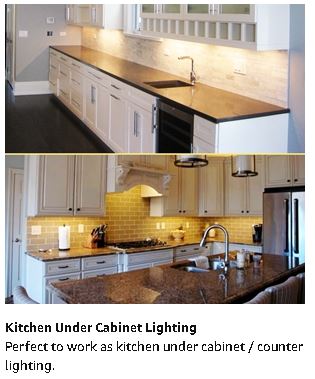
 Bedrooms Designed for Aging in Place
Bedrooms Designed for Aging in Place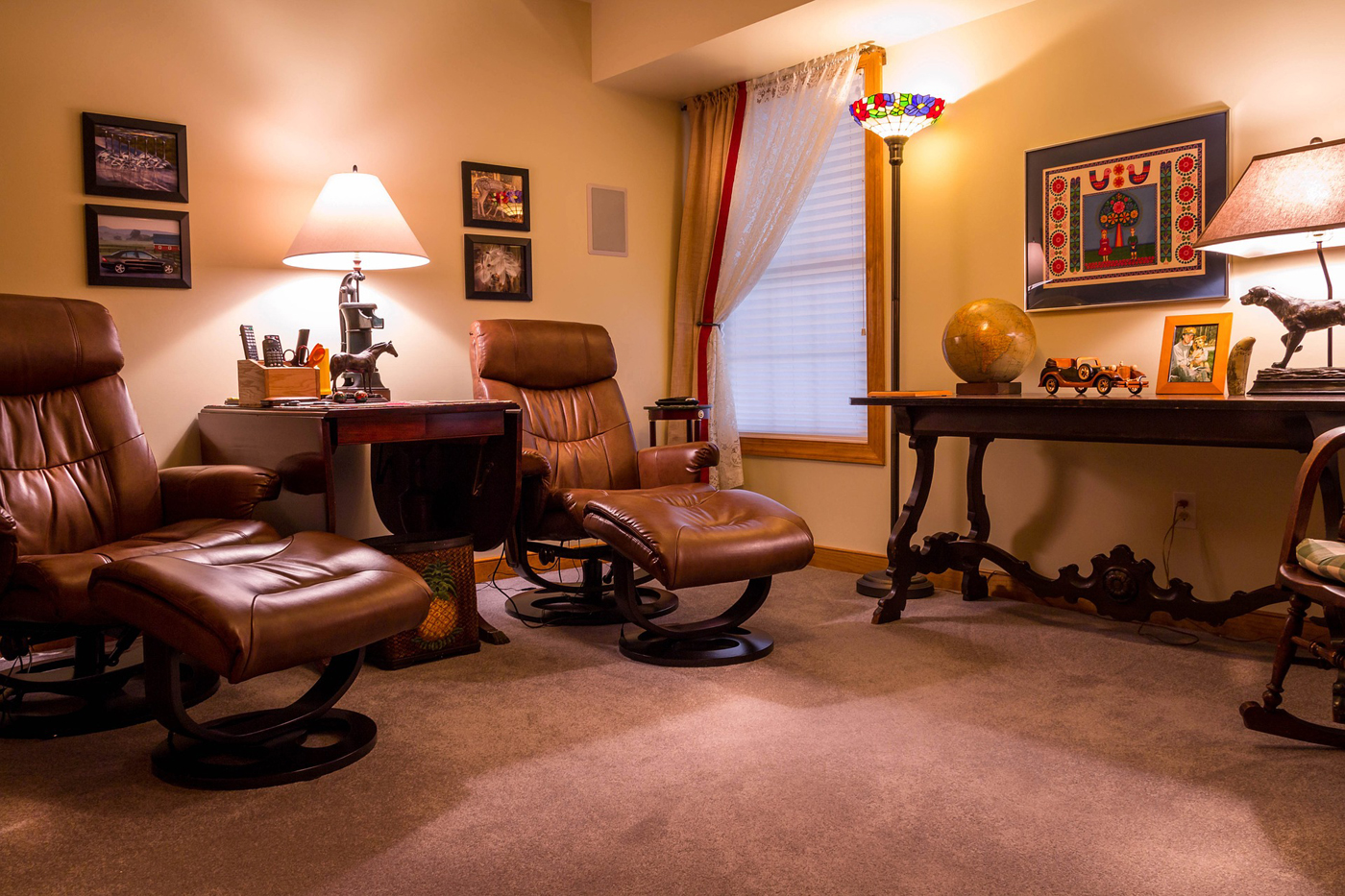 Furniture
Furniture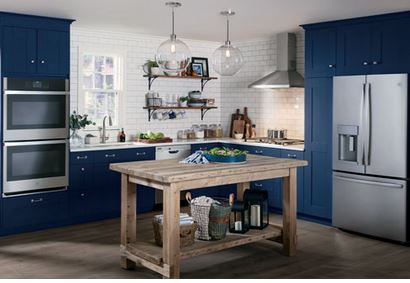 Kitchens Designed for Aging in Place
Kitchens Designed for Aging in Place Lighting and Light Switches
Lighting and Light Switches
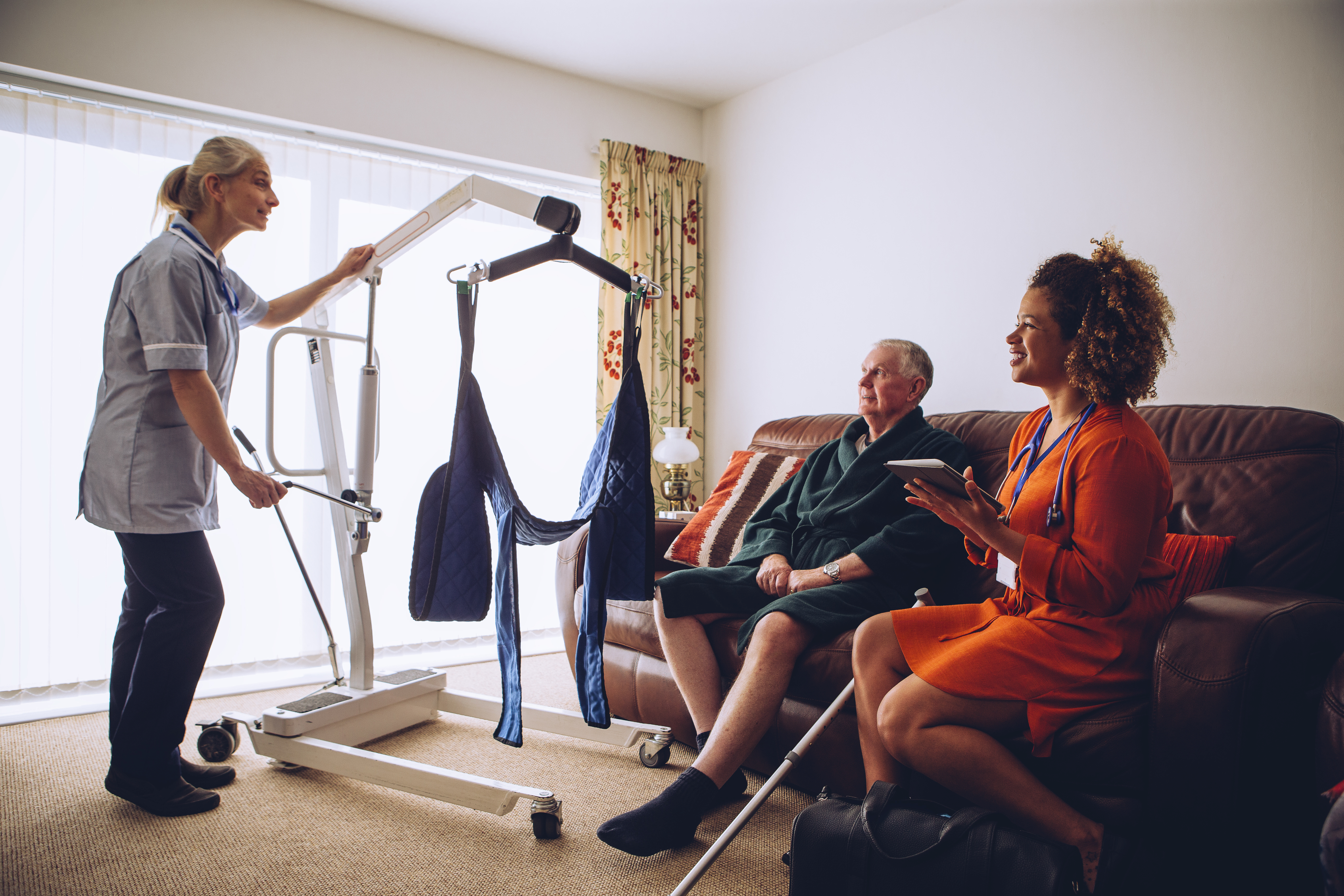 Assisting With Functional Mobility
Assisting With Functional Mobility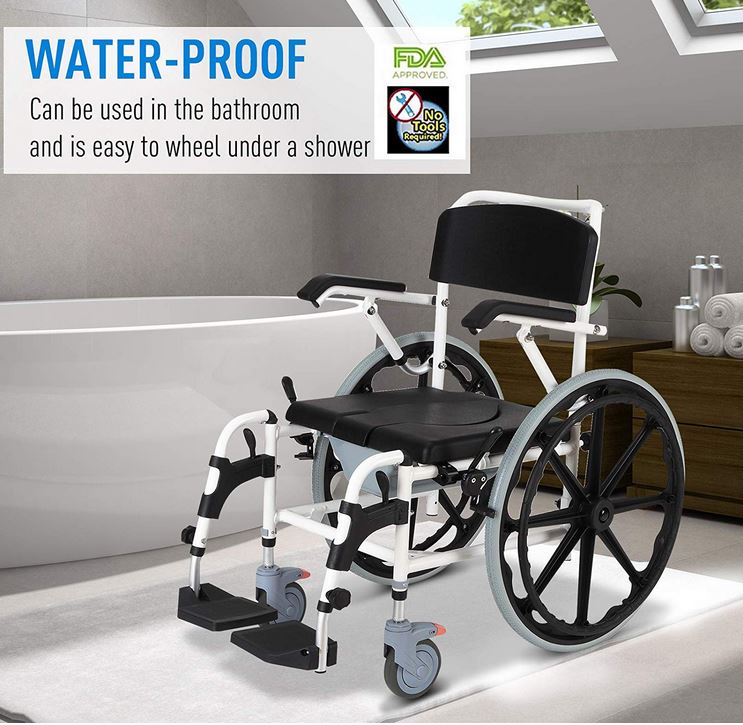 Bath and Shower Mobility Aids
Bath and Shower Mobility Aids Bedroom Mobility Aids
Bedroom Mobility Aids Assisting with Personal Grooming and Hygiene
Assisting with Personal Grooming and Hygiene Caring for Someone With Incontinence
Caring for Someone With Incontinence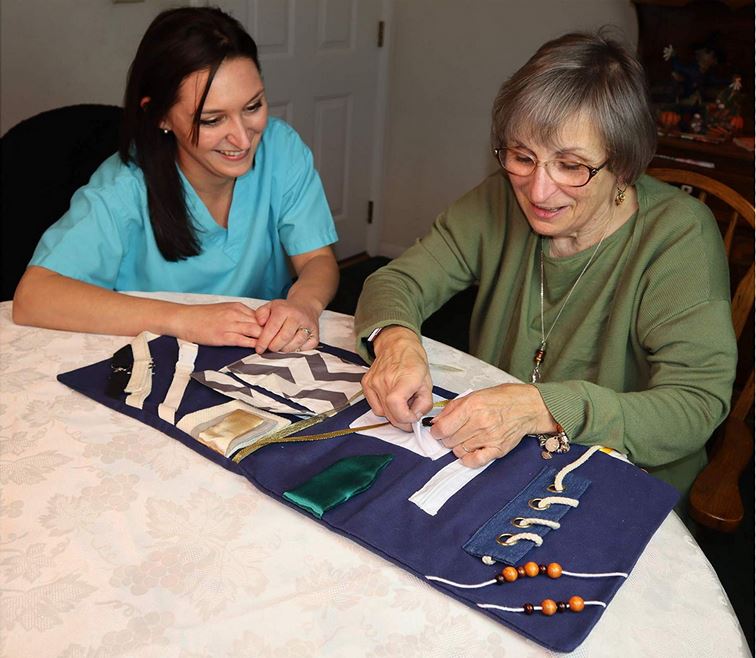 Helping People To Cope with Alzheimer’s and Dementia
Helping People To Cope with Alzheimer’s and Dementia Helping With Bill Paying
Helping With Bill Paying Home Cleaning Services
Home Cleaning Services Offering Companionship
Offering Companionship Providing Medication Reminders
Providing Medication Reminders Providing Transportation
Providing Transportation Running Errands
Running Errands

 Burn Care
Burn Care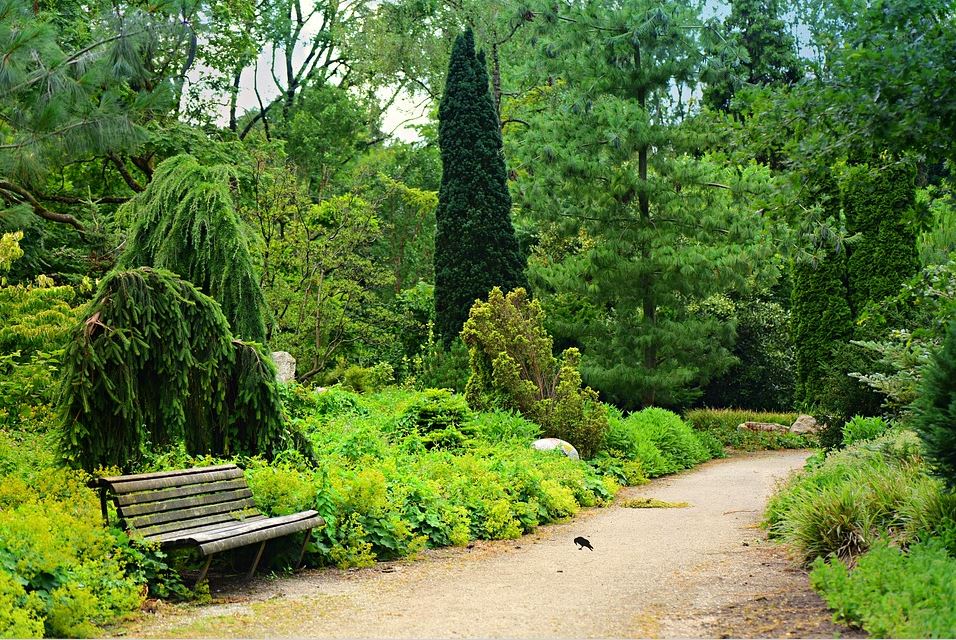 Mental Health Rehabilitaion
Mental Health Rehabilitaion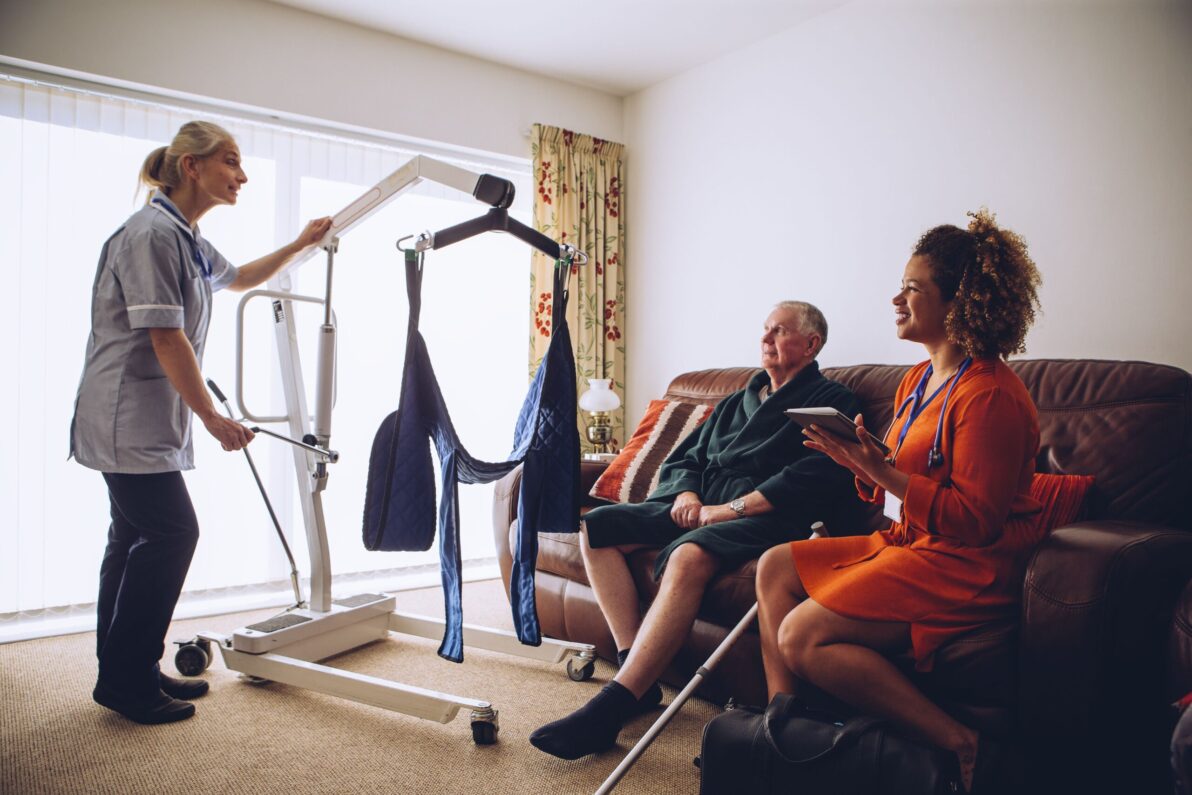
 Canes
Canes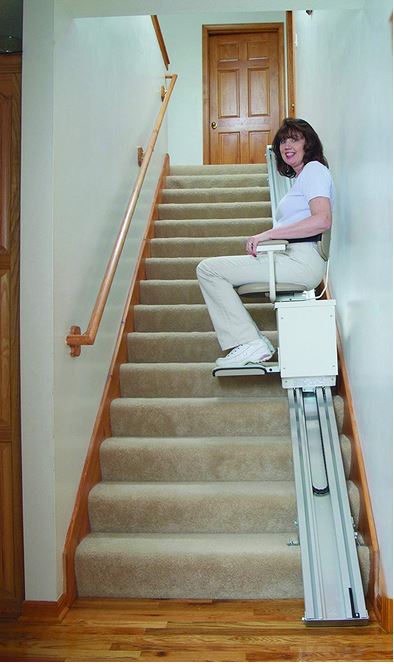 Chair Lifts / Stair Lifts
Chair Lifts / Stair Lifts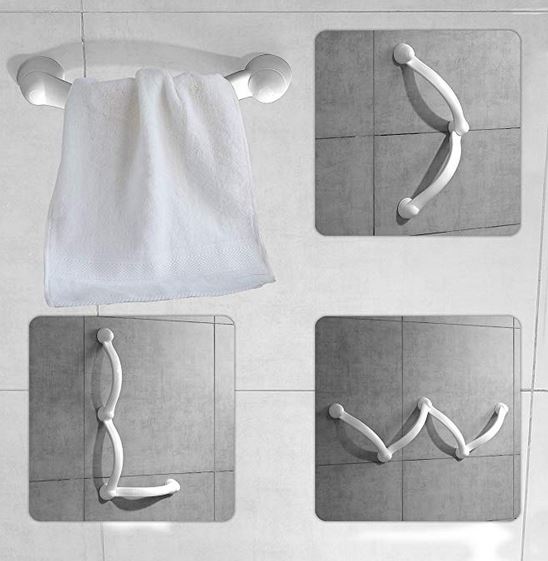 Grab Bars
Grab Bars Knee Scooters / Knee Walkers
Knee Scooters / Knee Walkers Ramps
Ramps Scooters
Scooters Transfer belts / pads / equipment
Transfer belts / pads / equipment Walkers and Rollaters
Walkers and Rollaters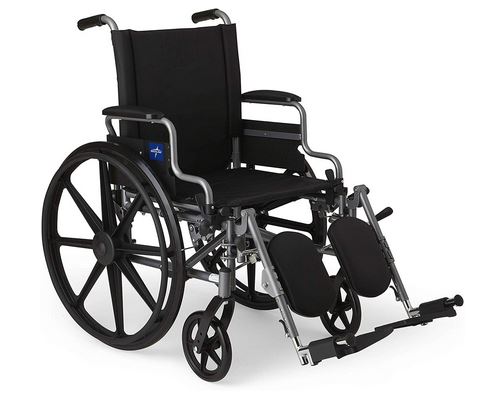 Wheelchairs and Mobile Chairs
Wheelchairs and Mobile Chairs
 Accounting and Tax
Accounting and Tax Books-Seminars-Courses
Books-Seminars-Courses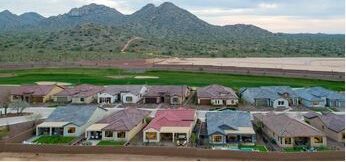
 ASSISTED LIVING
ASSISTED LIVING Assisted Living Facilities
Assisted Living Facilities Cohousing Communities
Cohousing Communities Manufactured Housing Communities
Manufactured Housing Communities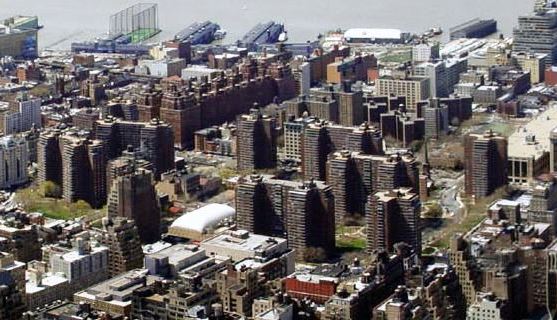 Naturally Occurring Retirement Communities (NORCs)
Naturally Occurring Retirement Communities (NORCs) Personal Residence LIving Independetly
Personal Residence LIving Independetly Accessory Dwelling Units
Accessory Dwelling Units Continuing Care Retirement Communities
Continuing Care Retirement Communities Multigenerational Households
Multigenerational Households